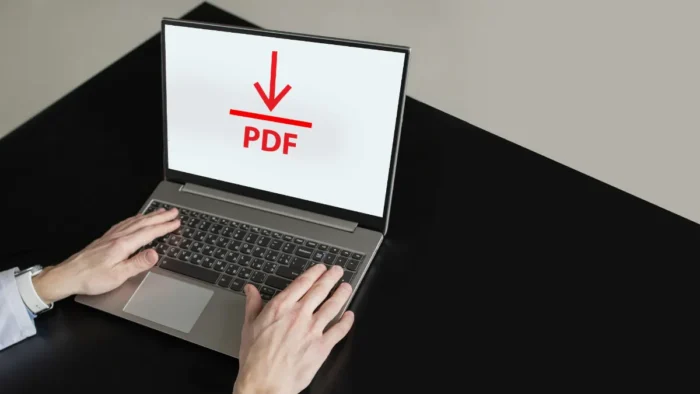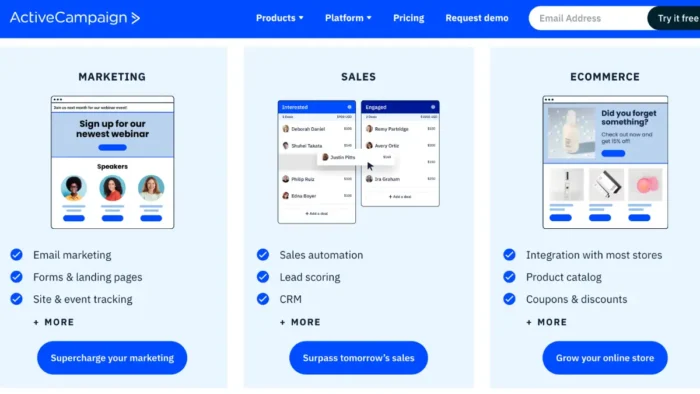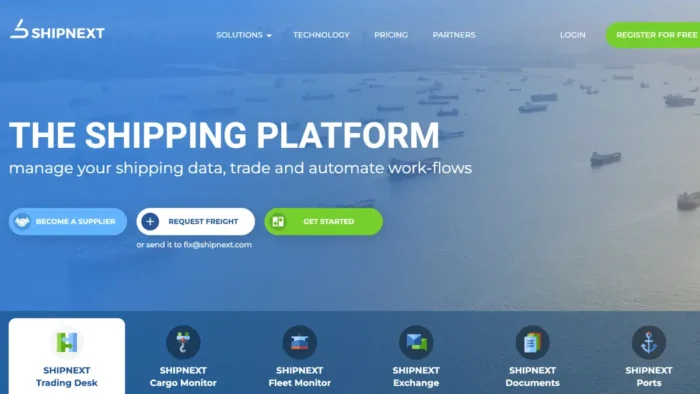In today’s fast-paced, digital world, businesses face many threats. With cybercrime on the rise and data breaches becoming all too commonplace, organizations are in a constant state of high alert. Secure Portable Document Format (PDF) technology has emerged as a robust defense mechanism to combat these challenges. It provides businesses with the ability to safeguard sensitive information, reduce exposure to business risks, and strengthen their overall security infrastructure.
The phrase ‘convert Word to PDF’ is now a regular command for business professionals. It signifies the shift from traditional document formats to secure PDFs, further enhancing the safety measures taken by organizations.
Enhancing Document Security with PDF Technology
Secure PDF technology is pivotal in fortifying document security. It creates an encrypted barrier around confidential data, deterring unauthorized access. Not only does this protect sensitive information from external threats, but it also curbs internal data breaches. By assigning different access levels, businesses can restrict the visibility of critical documents, thus keeping them secure.
A significant benefit of using PDF technology is its compatibility with various security measures. Businesses can leverage digital signatures, watermarking, and password protection to augment the security of their documents. These features are essential for maintaining document integrity and reducing the risk of tampering.
Improving Compliance and Regulatory Adherence
Secure PDF technology plays an essential role in maintaining compliance. With regulations such as General Data Protection Regulation (GDPR) and Health Insurance Portability and Accountability Act (HIPAA) imposing stringent data protection rules, businesses must take a proactive approach to comply. Failure to do so can result in hefty penalties, tarnishing the company’s reputation.
With its advanced encryption and access controls, secure PDF technology facilitates regulatory adherence. By ensuring that sensitive data is secure and accessible only to authorized personnel, businesses can significantly reduce compliance-related risks. Plus, audit trails provided by this technology further enhance transparency, a vital aspect of regulatory compliance.
Promoting Seamless Collaboration While Ensuring Security
Secure PDF technology fosters collaboration without compromising security. As businesses increasingly embrace remote work, the need for secure, collaborative tools has skyrocketed. PDF technology fills this gap by enabling teams to work together on documents while maintaining stringent security standards.
It allows users to review, comment, and edit documents in real-time. All the while, advanced security measures ensure that only authorized personnel have access, significantly reducing the risk of data breaches. This balance between collaboration and security makes PDF technology a formidable tool in the business world.
Optimizing Operations and Reducing Costs
PDF technology doesn’t just bolster security; it can also drive operational efficiency. With the ability to convert multiple document types into a universal format, businesses can streamline their processes and reduce costs. Gone are the days of extensive paper trails and physical storage; secure PDF technology is paving the way for a greener, more cost-effective future.
Reducing paper usage and physical storage not only cuts down on operational expenses but also minimizes the risk of physical document loss or theft. Therefore, PDF technology, with its ability to digitize and secure documents, plays a significant role in mitigating business risks.

Preserving Document Integrity and Authenticity
Secure PDF technology isn’t only a barrier against unauthorized access but also a tool that upholds the integrity and authenticity of documents. This means the technology can keep your documents in their original form, untouched by unauthorized alterations.
Documents in businesses often go through several hands, which can sometimes lead to unintended or intentional modifications. With PDFs, businesses can restrict editing access and even include watermarks to confirm a document’s authenticity. This reduces the risk of misunderstandings and miscommunication, resulting in smoother, more efficient operations.
Moreover, digital signatures that come with PDF technology enhance the legitimacy of documents. These signatures, unique to every user, are hard to forge and provide an additional layer of security to your documents.
Role Of PDF In Data Recovery and Management
Data recovery and management are made easier with secure PDF technology. Business data, if lost, can lead to significant disruptions and potential financial loss. Luckily, PDF technology offers solutions that help safeguard against such occurrences.
Secure PDF technology enables businesses to back up their critical documents, ensuring they’re recoverable in case of accidental deletion or unforeseen disasters. Furthermore, managing data in PDF format is more straightforward and organized, reducing the risk of data mismanagement.
Conclusion
Secure PDF technology is an invaluable asset in today’s digital landscape. This technology empowers businesses to combat risks effectively, from bolstering document security to ensuring regulatory compliance, promoting collaboration, and driving efficiency. By integrating secure PDF technology into their processes, organizations can protect their sensitive data and bolster their defenses against myriad threats.





